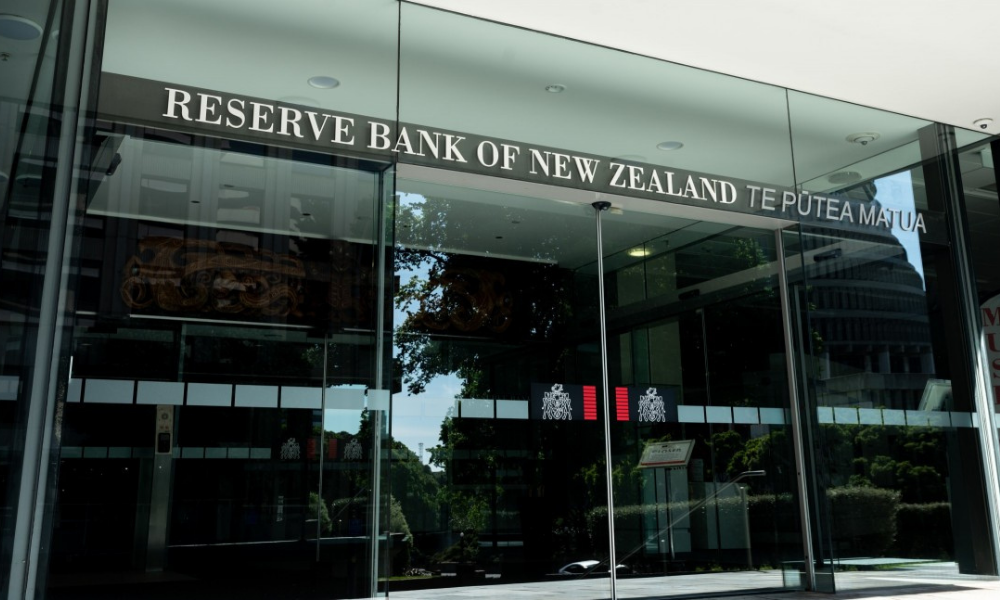The funding is available over a two-year period running until Dec. 6 this year

New Zealand residential mortgage lending banks have so far borrowed $8.231 billion of public money via the Reserve Bank's Funding for Lending Programme (FLP).
Launched in December 2020 by the Reserve Bank (RBNZ), FLP provides additional monetary stimulus to the economy to help the central bank meet its consumer price inflation and employment remits by reducing banks’ funding costs and lowering their borrowers’ interest rates.
To date, ANZ NZ has tapped $1.5 billion through the FLP, ASB $2.5 billion, BNZ $1 billion, Westpac NZ at least $2 billion, Kiwibank $1 billion, SBS Bank $100 million, and the Co-operative Bank $80 million, interest.co.nz reported.
The three-year FLP funding enables banks to borrow from RBNZ at the official cash rate (OCR) with the borrowing rate adjusting over the term of the transaction if the OCR changes. When FLP was launched, the OCR was 0.25% and is now 1%. The funding is available over a two-year period running until Dec. 6 this year.
FLP was launched in hopes that it would make banks less reliant on more expensive deposits and wholesale borrowing, thus lowering their overall funding costs, and in turn, enabling them to pass these reductions on to their customers through lower mortgage and business lending rates.
RBNZ said in its Monetary Policy Statement last week, however, that the FLP hasn’t been good for savers and was not designed to be given the aim of reducing banks’ funding costs including the deposit rates they pay savers, interest.co.nz reported.
“Term deposit interest rates fell to historical lows in 2020, in part due to monetary policy actions including the Funding for Lending Programme,” it said. “Short-term bank funding remains very cheap, as evidenced by the three-month BKBM-OIS spread, which captures the difference between the Bank Bill Benchmark rate [BKBM] and the OIS [overnight indexed swap] rate. Longer-term bank funding costs have increased slightly but remain close to, or below, their 2019 levels. This implies that wholesale funding is still relatively cheap for banks. Recent volatility in overseas markets has not yet had a material impact on New Zealand banks’ ability to source wholesale funding.”
When FLP was launched, RBNZ said its effectiveness would depend on banks passing on declines in their funding costs to borrowers, and that it would closely monitor pass-through to lending rates. The programme’s success would be measured by the fall in household and business borrowing rates, rather than the level of drawdown.
NZ has been in a rising interest-rate environment for some months now, with inflation having hit 5.9% in the latest Consumer Price Index figures and the OCR having increased at three consecutive reviews. The average bank two-year mortgage rate, for example, was at 2.53% in July last year and is now at 4.2%, interest.co.nz reported.
Read next: Reserve Bank lifts official cash rate back to pre-pandemic state



